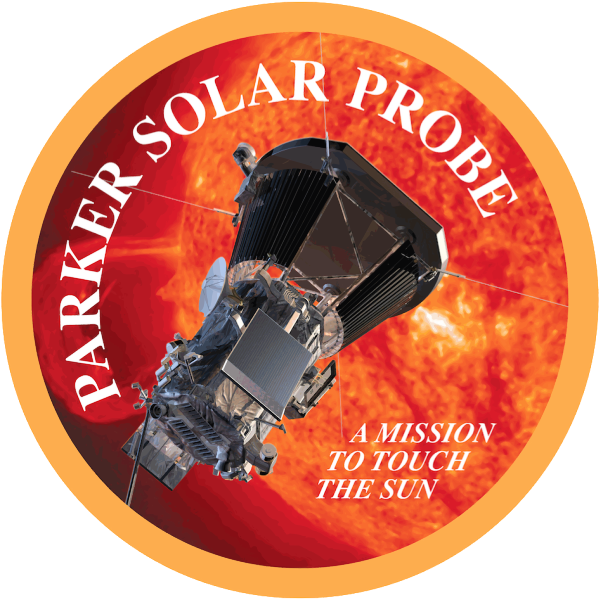The First Time We Touch the Sun
Image depicts several solar panels at work.
If humanity is known for one thing and one thing alone, its unwavering ambition characterizes it like no other. From touching the clouds, the sky, and the moon, there has always been a strive to put mankind onto extraterrestrial mysteria beyond our reach. In January of 2022, humanity achieved what has served the fantastical subject of spatial science for millennia past- reaching the sun. More specifically, NASA’s Parker Solar Probe has finally flown through the sun’s atmosphere. After the 2018 launch, NASA scientists have been steadily tracking Parker’s progress towards the sun. Finally, after four years of careful calculation and monitoring the probe, it was able to breach the sun’s outer atmosphere, also known as the cornea, collecting material samples that will be sent back for further research. This achievement signifies an endless new pathway of understanding and discovery for solar scientists around the world. Collecting material from the sun for the first time in history will allow scientists an insight into the reality of earth’s closest star.
The will to touch the sun has gone back in time since 1958 when the original idea of a solar probe was first theorized. The idea sat on the backburner with the scientific community throughout the decades, though studies from the 1970s and 80s reaffirmed its importance to deeper solar understanding. The idea only gained significant traction during the 1990s, when scientists began formulating ways as to how this long-lived dream could turn into reality. The Parker Solar probe was officially announced as a project in 2009 with a government-funded budget of 1.5 billion USD. The designing and production of the Parker Solar Probe were taken up by the John Hopkins University Applied Physics Laboratory. The Parker probe was built to withstand both high speeds and temperatures, more so than any other craft of its variety could have endured. To fulfill this characteristic, Hopkins scientists developed a “solar shield.” The shield is hexagonal, which, with a 7.7-foot diameter, was coordinated to only face the sun and withstand temperatures as high as 1,370 °C (2,500 °F). The shield is composed of a white, highly reflective compound called alumina, a combination of oxygen and aluminum that absorbs minimal light and heat.
Launched on August 12th, 2018, the Parker Solar Probe left the atmosphere quickly and began accumulating speed as it barreled away from the Earth’s orbit. With a trajectory facing the sun, the Parker Solar Probe travels at a miraculous 363,660 mph (586,864 km/h) towards the celestial body, accumulating speed by traveling over 8.1 million miles (13 million km) since its four-year journey. By 2025, the Parker Solar Probe is expected to travel as fast as 690,000 km/h (430,000 mph).
The Parker Solar Probe’s mission has always been to study the sun’s atmosphere as well as a phenomenon called “solar wind,” which, according to Oxford Dictionary, is “the continuous flow of charged particles from the sun which permeates the solar system.” The theory of these occurrences was developed and first proposed in the 1950s by University of Chicago professor, Eugene Newman Parker, the man the Parker Solar Probe was named after. On top of being the first probe to wear the name of a living person, the device carries a memory card filled with the names of over 1.1 million people on its mission.






